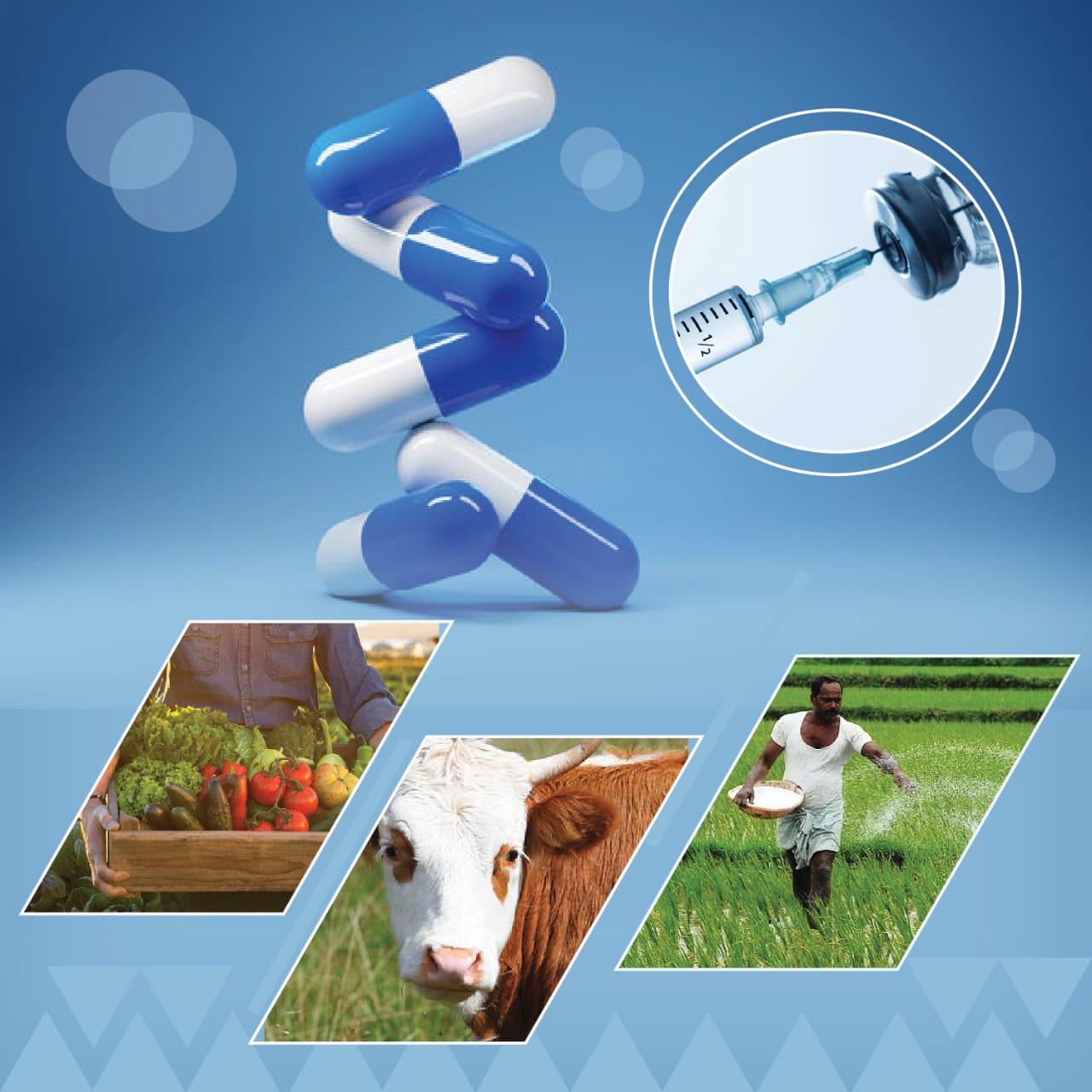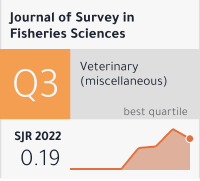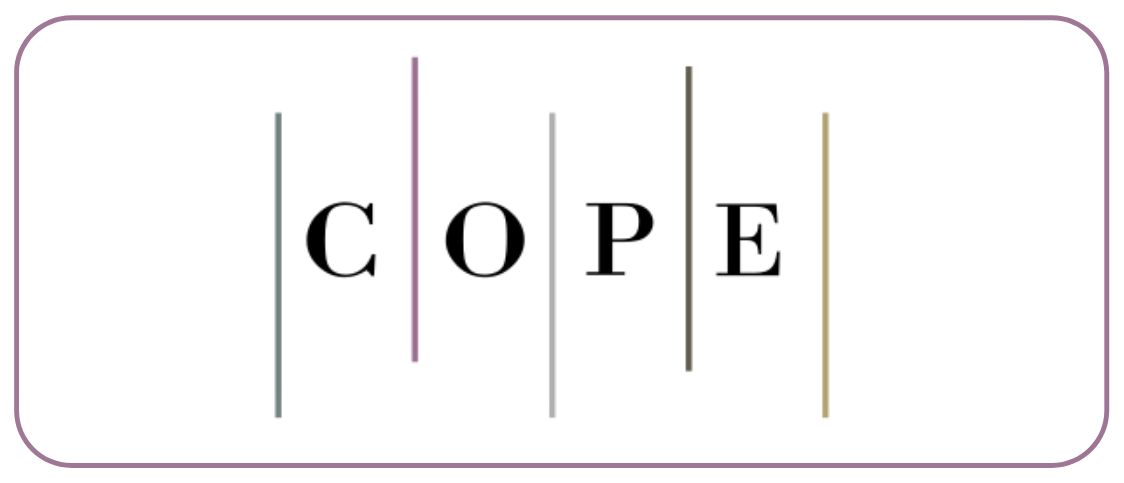Investigating The Changes In Air Pollutants In Tehran And The Trend Of Changes In The Land Use Of Green Spaces
DOI:
https://doi.org/10.53555/sfs.v9i1.1687Keywords:
air pollutants, green space, and vegetation, IDW method, Landsat satellite images, NDVI indexAbstract
Air pollution in big cities is one of the biggest problems in the world right now, which is one of the most important cities of Tehran. As the capital of Iran, Tehran is facing severe air pollution problems. Therefore, this research aims to Investigate the changes in air pollutants in Tehran and the trend of changes in the land use of green spaces in the last 40 years in this city. For this purpose, Landsat satellite images and their sensors and NDVI vegetation index were used. Also, the trend of changes in the primary air pollutants, including pollutants (CO-SO2-NO2-O3-PM10-PM2.5) and the air quality of Tehran city, was obtained using GIS and IDW zoning methods. The research results showed that the density of the primary pollutants in most areas of Tehran is increasing, and the air quality of Tehran (AQI) is also inappropriate for most areas and age groups. Also, the results of the satellite analysis showed that the trend of vegetation and green space in Tehran has been decreasing in the studied years. According to the findings and results of the research, it is evident that the trend of pollutant changes and air quality in Tehran is increasing and inappropriate. In addition to various factors influencing this trend, reducing vegetation and green space is an influential environmental variable. Furthermore, it
requires detailed planning in this field.









